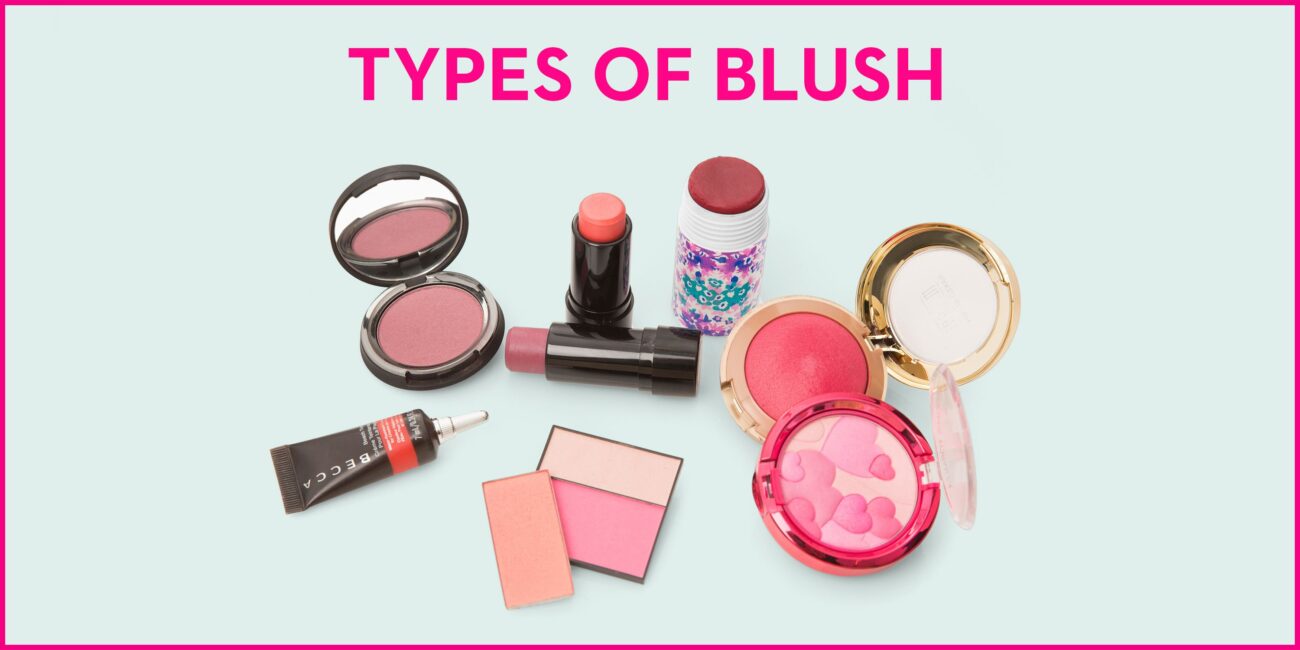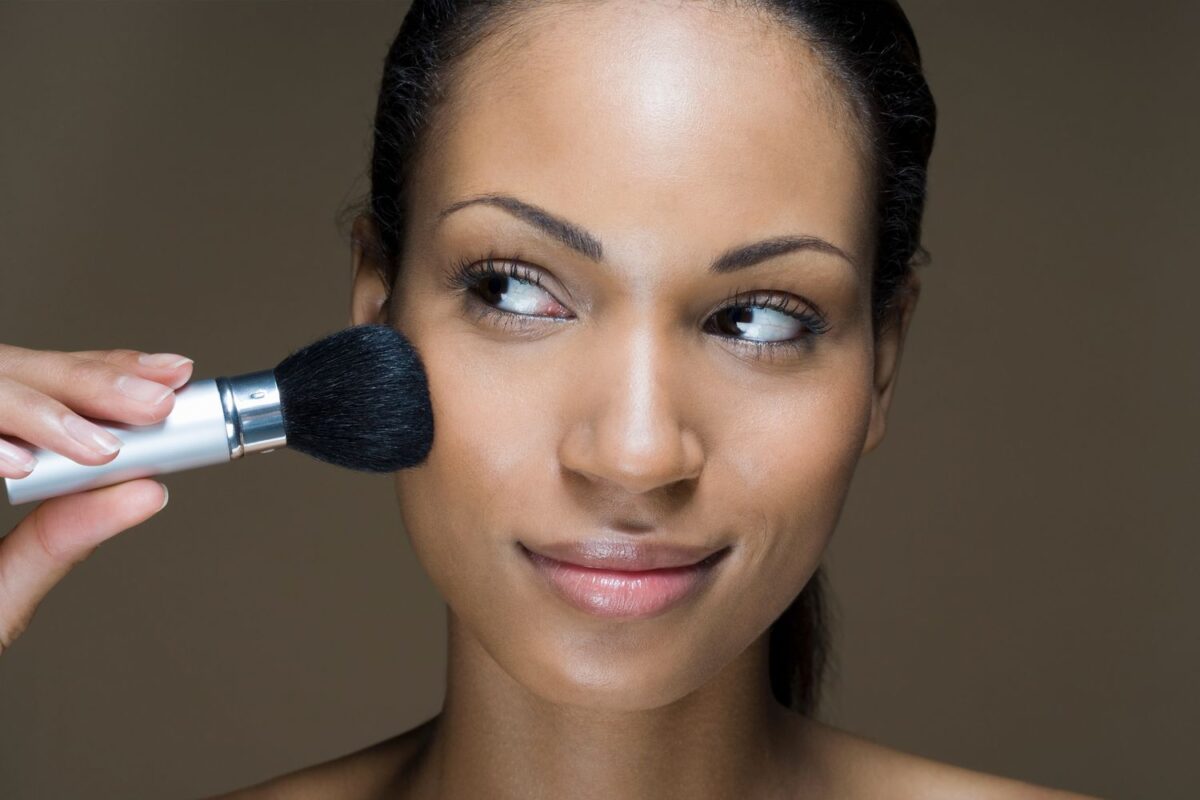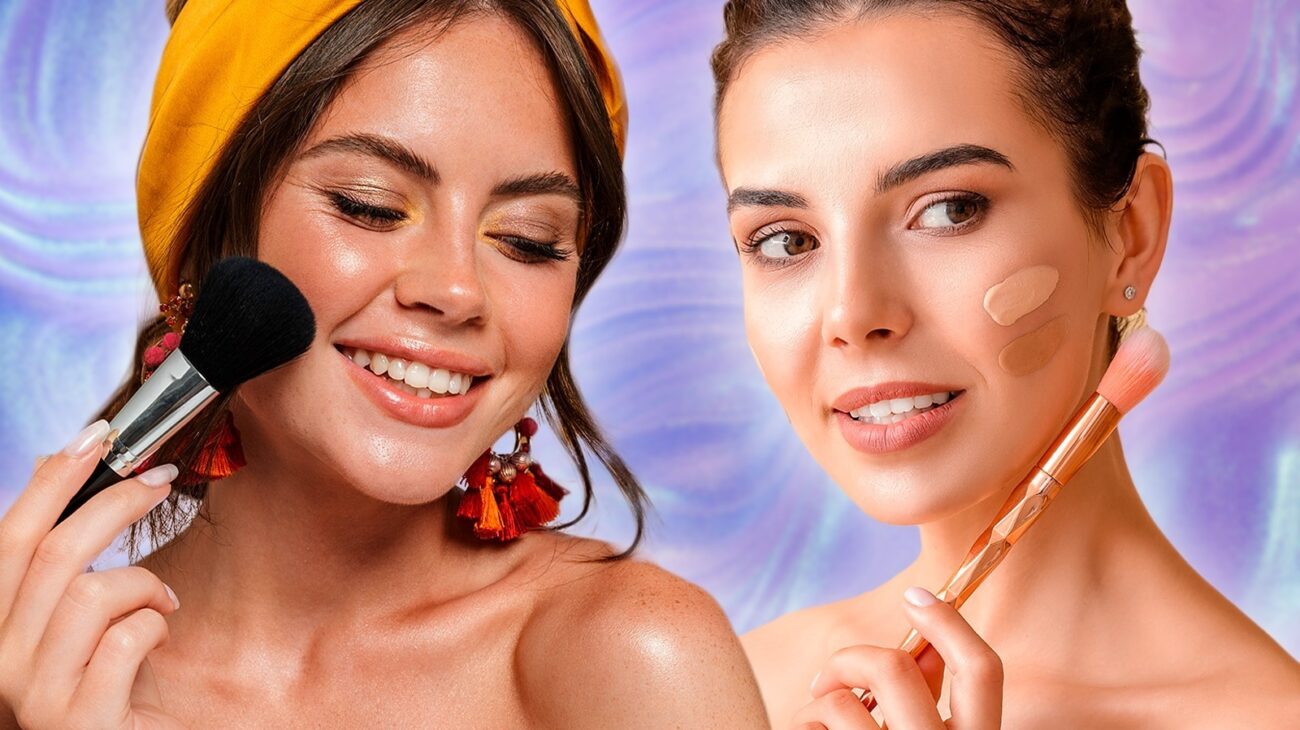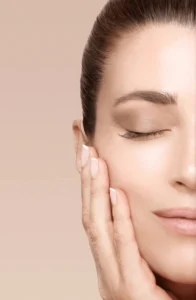Blush is a staple in every makeup enthusiast’s collection. It has the power to bring life to the complexion, add warmth, and enhance facial features with just a touch of color. Whether you prefer a soft, natural flush or a bold, sculpted look, the right blush can elevate your makeup routine. This comprehensive guide will explore the different types of blushes, how to choose the perfect shade for your skin tone, application techniques, and the latest trends in blush formulations.
1. Understanding Blush: What Is It?
Blush is a cosmetic product designed to mimic a natural flush on the cheeks. It is available in various formulations, including powders, creams, gels, and liquids. Traditionally applied to the apples of the cheeks, blush enhances the skin’s radiance and adds depth to the face.

2. Types of Blushes
a. Powder Blush
Powder blush is the most commonly used form, ideal for oily and combination skin types. It is easy to blend and provides a buildable intensity.
Pros:
- Long-lasting
- Ideal for oily skin
- Wide variety of shades and finishes
Cons:
- Can appear cakey if over-applied
- May emphasize dry patches
b. Cream Blush
Cream blushes offer a dewy finish and work well for dry and mature skin. They blend seamlessly into the skin, creating a youthful and fresh look.
Pros:
- Hydrating and nourishing
- Provides a natural glow
- Easy to blend
Cons:
- Less long-lasting compared to powders
- May feel sticky on oily skin
c. Liquid Blush
Liquid blushes are lightweight, blendable, and highly pigmented. They offer a sheer, natural flush and can be layered for more intensity.
Pros:
- Natural, skin-like finish
- Long-lasting
- Easy to mix with other products
Cons:
- Can be challenging to blend if it dries too quickly
- Requires precise application
d. Gel Blush
Gel blushes provide a sheer, fresh tint that enhances the skin’s natural radiance. They are perfect for a no-makeup makeup look.
Pros:
- Lightweight and breathable
- Blends well on bare skin
- Long-wearing
Cons:
- Limited shade range
- May not show up on deeper skin tones

3. Choosing the Right Blush for Your Skin Tone
Selecting the right blush shade is crucial to achieving a harmonious and flattering look.
Fair Skin
- Soft pinks, peaches, and light corals work best.
- Avoid overly dark or intense shades that can look harsh.
Medium Skin
- Warm corals, rosy pinks, and mauves complement medium skin tones beautifully.
- Opt for shades with a slight golden undertone for a sun-kissed effect.
Olive Skin
- Terracotta, warm peach, and deep pink shades enhance olive complexions.
- Avoid cool-toned pinks that may appear ashy.
Deep Skin
- Rich plums, berries, and burnt oranges add warmth and vibrancy.
- Opt for highly pigmented formulas for better visibility.
4. Application Techniques for a Flawless Finish
a. Classic Method
Using a fluffy brush, apply blush to the apples of your cheeks and blend outward toward your temples.
b. Draping Technique
A technique where blush is applied along the cheekbones and up toward the temples for a sculpted, lifted effect.
c. Sun-Kissed Blush
Apply blush across the cheeks and nose for a naturally flushed, sun-kissed look.
d. Layering Blush
Combine cream or liquid blush with a powder blush on top for added longevity and depth.
5. Blush Trends and Innovations
a. Monochromatic Makeup
Using the same blush shade on the cheeks, lips, and eyes for a cohesive look.
b. Blush as Contour
Applying blush in contour areas for a softer, more natural sculpting effect.
c. Hybrid Blush Formulas
Newer formulations combine skincare benefits with makeup, featuring ingredients like hyaluronic acid and vitamin C for hydration and radiance.

6. Blush Mistakes to Avoid
- Using the Wrong Shade: Choosing an unflattering blush color can make the complexion appear dull or unnatural.
- Applying Too Much Product: Over-applying blush can make the makeup look heavy and unbalanced.
- Skipping Blending: Harsh blush lines can make the application look patchy.
- Ignoring Skin Type: Using the wrong formula for your skin type can affect the finish and longevity.
Conclusion
Blush is a powerful tool in makeup that enhances the complexion, adds dimension, and creates a healthy, radiant glow. By understanding the different types of blush, selecting the right shade for your skin tone, and mastering application techniques, you can elevate your beauty routine. Whether you prefer a subtle hint of color or a bold pop, blush remains an essential step in achieving a polished and sophisticated look. With the latest trends focusing on natural radiance and innovative formulations, there has never been a better time to experiment with blush and embrace its transformative power.












